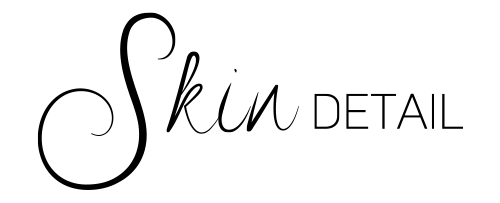How To Help Get Rid Of Your Acne
Acne is a common skin condition that affects millions of people worldwide and can cause physical and emotional distress. It is characterized by the appearance of pimples, blackheads, whiteheads, and cysts on the face, neck, chest, and back. In this blog, we will explore the causes, symptoms, and treatment options for acne.
Causes of Acne: Acne is caused by a combination of factors that lead to the clogging of hair follicles, resulting in the development of pimples and other skin lesions. Some of the most common causes of acne include:
Hormonal Changes: Hormonal changes during puberty, menstruation, and pregnancy can trigger the overproduction of oil in the skin, leading to the development of acne.
Bacteria: Bacteria on the skin can contribute to the development of acne by infecting the hair follicles and causing inflammation.
Diet: Consuming foods high in sugar and dairy products can also contribute to the development of acne.
Ingredients: Ingredients in certain personal care items such as hair styling products, and skin care products can have a clogging effect which also can cause breakouts.
Symptoms of Acne: Acne can present in various ways, depending on the severity and type of lesion. Some of the most common symptoms of acne include:
Blackheads: Small, dark bumps that appear on the skin's surface when the hair follicles are clogged with oil and dead skin cells.
Whiteheads: Small, white bumps that appear on the skin's surface when the hair follicles are clogged with oil and dead skin cells.
Cysts: Large, painful bumps that can cause scarring and may require medical intervention.
Treatment Options for Acne: There are several treatment options available for acne, depending on the severity of the condition. Some of the most common treatments include:
Topical Treatments: Over-the-counter creams and gels containing benzoyl peroxide, salicylic acid, or retinoids can help to unclog pores and reduce inflammation.
Oral Medications: Antibiotics or hormonal treatments may be prescribed by a doctor to help reduce inflammation and prevent further breakouts.
Chemical Peels: Chemical peels involve the application of a chemical solution to the skin, which removes the top layer of dead skin cells and can help to reduce the appearance of acne.
LED Light Therapy: LED specifically Blue light best used in a series of treatments helps with reducing activity in the sebaceous glands, so they produce less of the oil that can plug the hair follicles, leading to acne. Blue light may also kill acne-causing bacteria.
Facials- Receiving regular facials can help with certain types of acne with various treatments and modalities to combat acne. Your Esthetician can help guide you through the process and offer products and tips to help with home care.
Preventing Acne: While not all cases of acne can be prevented, there are several things that individuals can do to reduce their risk of developing the condition. Some of the most effective prevention strategies include:
Maintaining a healthy diet and knowing if you have any food allergies, and limiting dairy consumption.
Regular exercise to reduce stress levels.
Proper skincare and proper cleansing techniques.
Avoiding touching the face.
Changing sheets and pillowcases regularly.
Get hormones checked.
In conclusion, acne is a common skin condition that can cause physical and emotional distress. While there are several treatment options available, prevention strategies such as maintaining a healthy diet, regular exercise, and proper skincare can help to reduce the risk of developing acne.


